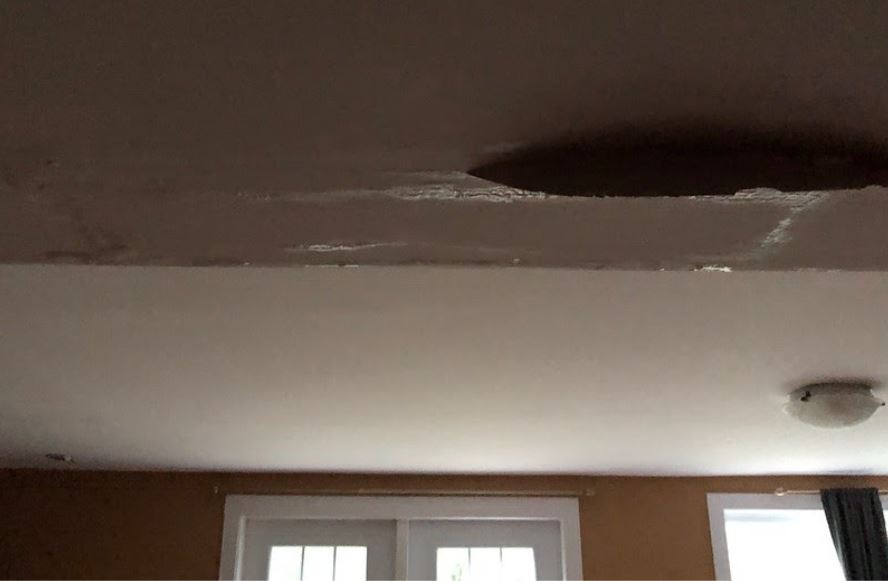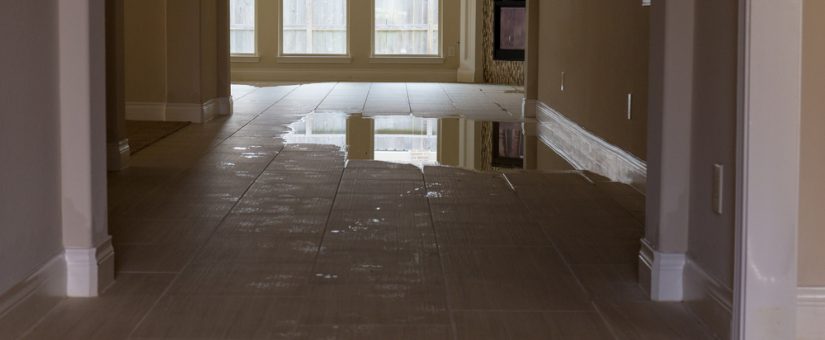Your House's Primary Typical Water Leak Causes: Examination
Your House's Primary Typical Water Leak Causes: Examination
Blog Article
We've noticed this great article on How to Find Water Leaks down the page on the internet and accepted it made good sense to share it with you over here.

Leaks not just trigger waste of water however can additionally trigger unneeded damage to your house and also advertise unwanted organic development. Water leaks might go unnoticed since most of the pipework in our residence is concealed. By looking and also recognizing for everyday circumstances that cause leaks, you can safeguard your home from future leakages as well as unnecessary damages. Today, we will look at six leak triggers that may be triggering your pipes to leak.
Intruding roots
Many water leaks start outside the residence instead than inside it. You could observe wet spots or sinkholes in your backyard, as well as that could mean that tree roots are getting into water lines causing water to permeate out.
Rusty water supply
This might be the reason of staining or warping on your water pipelines. If our plumbing system is old, take into consideration changing the pipes considering that they are at a higher threat of deterioration than the more recent designs.
Faulty Pipeline Joints
The factor at which your pipelines link is regularly the weakest web link in the waterline. Pipeline joints can wear away with time, leading to water leakages. Unfortunately, the majority of pipe joints are not quickly visible. If you have loud pipes that make ticking or banging noises, specifically when the hot water is activated, your pipeline joints are probably under a great deal of pressure. It is recommended to have your plumber evaluate your system annually.
Instant temperature level changes.
Extreme temperature changes in our pipelines can cause them to expand and also contract unexpectedly. This expansion as well as tightening may cause cracks in the pipes, specifically if the temperature level are below freezing. It would be best if you kept an eye on how your plumbing works. The existence of the previously mentioned conditions regularly shows a high risk.
Poor Water Connectors
Sometimes, a leakage can be brought on by loosened tubes and also pipes that supply your devices. Generally, shifting is what causes the loosened water Connections. You might locate in the case of a washing equipment, a tube might spring a leak due to shaking throughout the spin cycle. In case of a water connections leakage, you may see water running straight from the supply line or pools around your appliances.
Obstructed Drains
Clogged drains could be aggravating as well as inconveniencing, however they can sometimes end up triggering an overflow resulting in burst pipes. Keep getting rid of any kind of products that might decrease your drains that might block them to stay clear of such troubles.
All the above are sources of leakages but not all water leaks arise from plumbing leakages; some leakages may come from roofing leakages. All leaks must be fixed quickly to stay clear of water damage.
Leaks not only trigger waste of water yet can also create unneeded damage to your house as well as advertise undesirable organic growth. By looking as well as understanding for everyday situations that trigger leakages, you can shield your house from future leaks as well as unnecessary damage. Today, we will look at six leak triggers that may be creating your pipes to drip.
At times, a leak can be created by loose tubes as well as pipelines that provide your home appliances. In situation of a water connections leakage, you might see water running directly from the supply line or puddles around your appliances.
How To Check For Water Leak In Your Home
How To Check for Leaks
The average household's leaks can account for nearly 10,000 gallons of water wasted every year and ten percent of homes have leaks that waste 90 gallons or more per day. Common types of leaks found in the home are worn toilet flappers, dripping faucets, and other leaking valves. These types of leaks are often easy to fix, requiring only a few tools and hardware that can pay for themselves in water savings. Fixing easily corrected household water leaks can save homeowners about 10 percent on their water bills.
To check for leaks in your home, you first need to determine whether you're wasting water and then identify the source of the leak. Here are some tips for finding leaks:
Take a look at your water usage during a colder month, such as January or February. If a family of four exceeds 12,000 gallons per month, there are serious leaks.
Check your water meter before and after a two-hour period when no water is being used. If the meter changes at all, you probably have a leak.
Identify toilet leaks by placing a drop of food coloring in the toilet tank. If any color shows up in the bowl after 10 minutes, you have a leak. (Be sure to flush immediately after the experiment to avoid staining the tank.)
Examine faucet gaskets and pipe fittings for any water on the outside of the pipe to check for surface leaks.
Undetected water leaks can happen without the home or business owner even realizing. If you suspect a water leak, but not able to find the source. It is time to contact a professional water leak detection service, The Leak Doctor.
How To Find a Water Leak In Your Home
https://www.leakdoctor.com/blog/How-To-Check-For-Water-Leak-In-Your-Home_AE197.html

I came across that blog posting about Most Common Causes of Leaky Pipes when browsing on the search engines. Are you aware of another individual who is in to the niche? Please feel free to share it. I truly appreciate reading our article about How to detect water leaks in your home.
Plumbing emergencies? Our experts await. Report this page